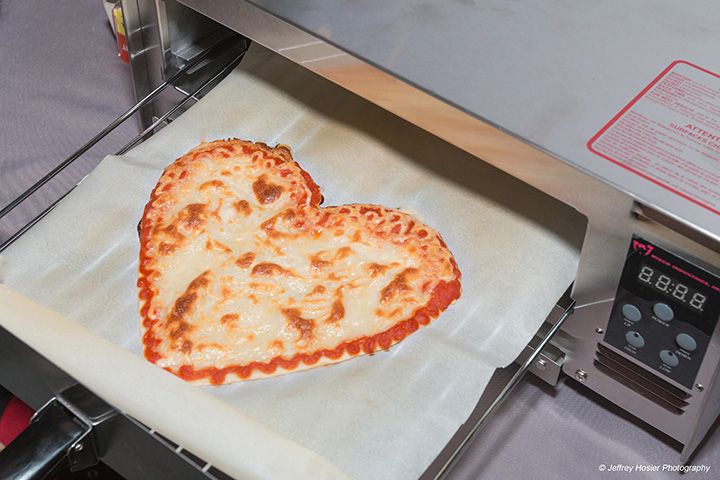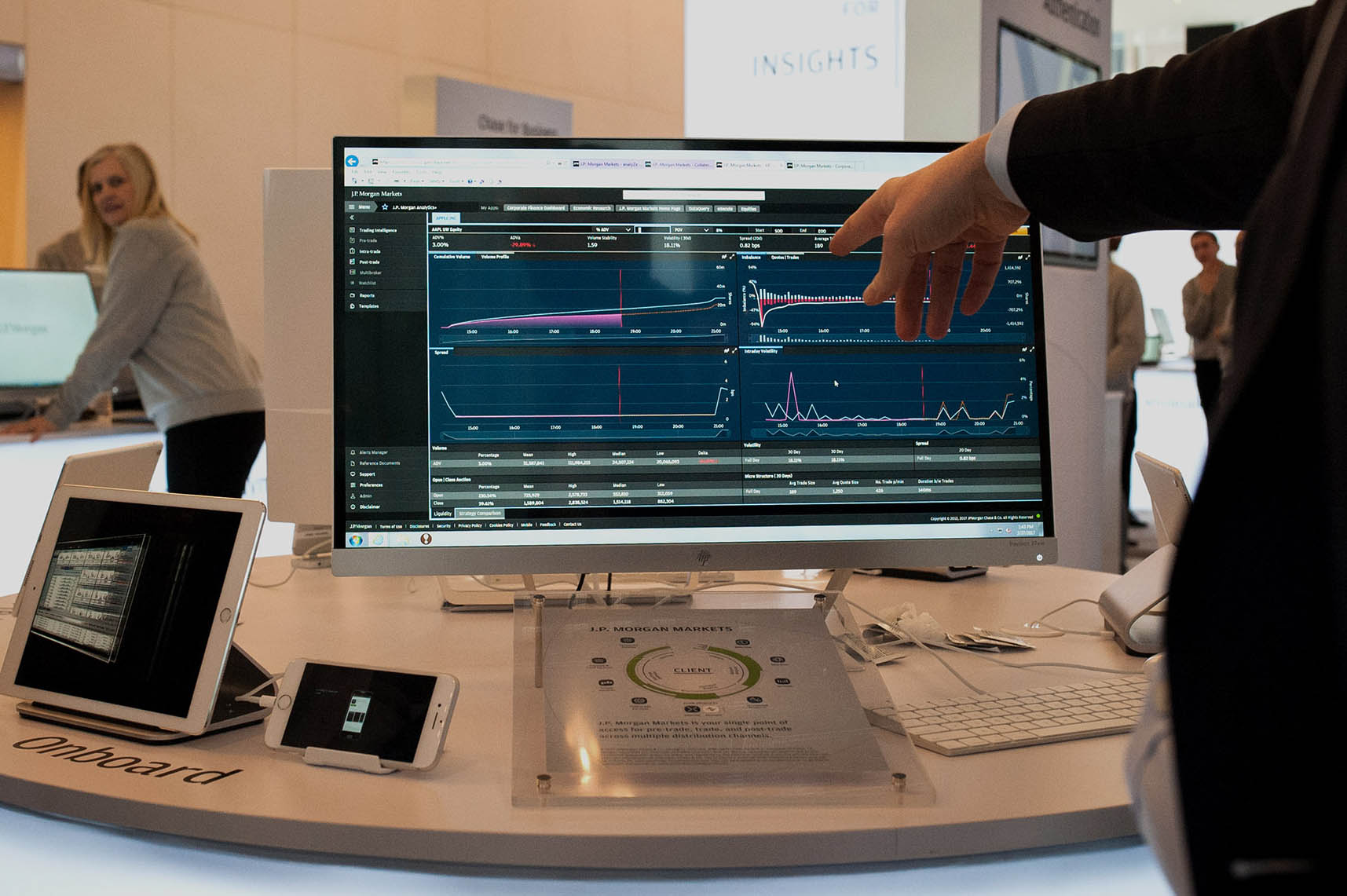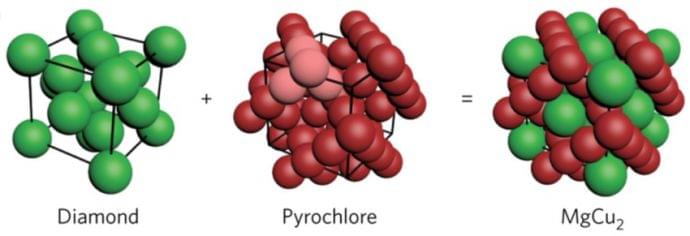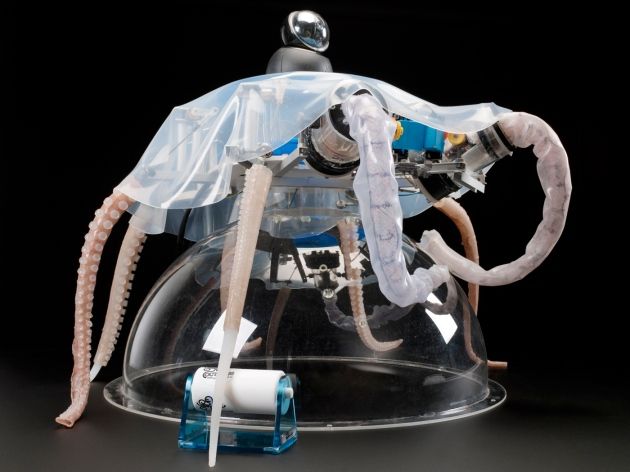NASA is gearing up for its first mission ever to fly this close to the blazing sun.
Our artificial intelligence systems are continuing to get smarter, with scientists demonstrating that a system called DeepCoder is now clever enough to borrow bits of code from other programs to solve basic problems.
But the team behind the tool don’t want to put human programmers out of a job – they want to make it easier for people to build programs without any coding knowledge.
DeepCoder is a project run by Microsoft and the University of Cambridge, using deep learning techniques to mimic the neural network of a brain, where vast amounts of data are processed and evaluated to make decisions.
3D Food Printing
Posted in 3D printing, food, robotics/AI
Personalized. Clean. Fast. Consistent. Revolutionary.
BeeHex is a B2B company. We design and build commercial 3D food printers and fresh-food producing robots — all controlled by BeeHex software and mobile app. Born of a NASA project, BeeHex’s Chef3D printers and food bots streamline fresh food production with truly personalized nutrition.
Contact us today!
Na JPMorgan Chase & Co., uma máquina de aprendizagem está analisando os acordos financeiros que antes mantinham equipes jurídicas ocupadas por milhares de horas.
O programa, chamado COIN, para o Contrato de Inteligência, faz a tarefa de interpretar acordos de empréstimo comercial que, até que o projeto foi lançado em junho, consumiu 360 mil horas de trabalho por ano por advogados e agentes de crédito. O software revê os documentos em segundos, é menos propenso a erros e nunca pede férias.
No que diz respeito à COIN, o programa ajudou a JPMorgan a reduzir os erros de manutenção de empréstimos, a maioria resultante de erro humano na interpretação de 12.000 novos contratos por ano, de acordo com os seus criadores.
BOISE, Idaho (AP) — Three types of potatoes genetically engineered to resist the pathogen that caused the Irish potato famine are safe for the environment and safe to eat, federal officials have announced.
The approval by the U.S. Environmental Protection Agency and the U.S. Food and Drug Administration late last week gives Idaho-based J.R. Simplot Company permission to plant the potatoes this spring and sell them in the fall.
The company said the potatoes contain only potato genes, and that the resistance to late blight, the disease that caused the Irish potato famine, comes from an Argentine variety of potato that naturally produced a defense.
Colloidal particles, used in a range of technical applications including foods, inks, paints, and cosmetics, can self-assemble into a remarkable variety of densely-packed crystalline structures. For decades, though, researchers have been trying to coax colloidal spheres to arranging themselves into much more sparsely populated lattices in order to unleash potentially valuable optical properties. These structures, called photonic crystals, could increase the efficiency of lasers, further miniaturize optical components, and vastly increase engineers’ ability to control the flow of light.
A team of engineers and scientists from the NYU Tandon School of Engineering Department of Chemical and Biomolecular Engineering, the NYU Center for Soft Matter Research, and Sungkyunkwan University School of Chemical Engineering in the Republic of Korea report they have found a pathway toward the self-assembly of these elusive photonic crystal structures never assembled before on the sub-micrometer scale (one micrometer is about 100 times smaller than the diameter of a strand of human hair).
The research, which appears in the journal Nature Materials, introduces a new design principle based on preassembled components of the desired superstructure, much as a prefabricated house begins as a collection of pre-built sections. The researchers report they were able to assemble the colloidal spheres into diamond and pyrochlore crystal structures — a particularly difficult challenge because so much space is left unoccupied.
If you aren’t already, you’re likely soon to find yourself looking forward to the day when quantum computers will replace regular computers for every day use. The computing power of quantum computers is immense compared to what regular desktops or laptops can do. The downside is, current quantum computing technology are limited by the bulky frameworks and extreme conditions they require in order to function.
Quantum computers need specialized setups in order to sustain and keep quantum bits — the heart of quantum computing — working. These “qubits” are particles in a quantum state of superposition, which allows them to encode and transmit information as 0s and 1s simultaneously. Most computers run on binary bit systems which use either 0s or 1s. Since quantum computers can use both at the same time, they can process more information faster. That being said, Sustaining the life of qubits is particularly difficult, but researchers are investigating quantum computing studies are trying to find ways to prolong the life of qubits using various techniques.
New research describes a novel 3D printing technique for the production of smart materials that may find use in soft-robotics and advanced medicine.
In a recent academic paper the, “striking phenomena” that “can be produced by embedding magnetic particles into polymer with designed patterns,” are described in detail. These phenomena include smart materials with, “tunable elastic properties, giant deformational effects, high elasticity, anisotropic elastic and swelling properties, and quick response to magnetic fields.”
As previously reported by 3D Printing Industry, investigations into smart and meta materials are increasingly using 3D printing techniques.
Xperia® Agent CONCEPT
Posted in futurism









